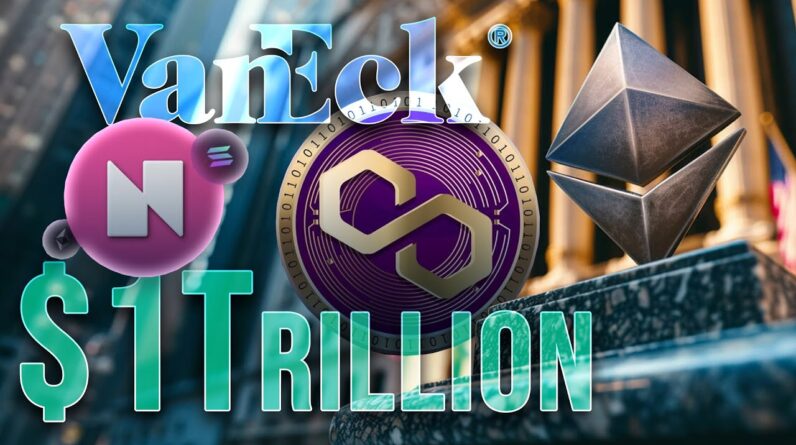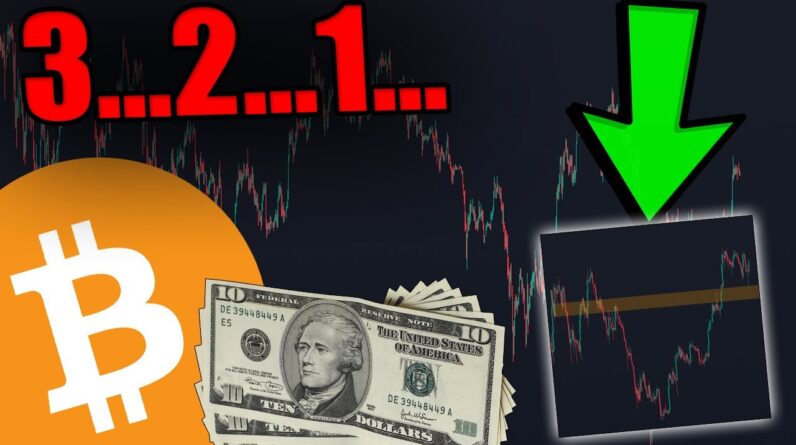
As I delve into the promising world of cryptocurrency investments, I am excited to share the latest insights from the VanEck report projecting that Ethereum Layer-2 solutions are poised to reach a staggering milestone of $1 trillion. Let’s explore how this forecast could shape the future of the crypto market.
Introduction
Hello, everyone! Today, let’s delve into the fascinating realm of Ethereum Layer-2 solutions and how they are poised to reach a staggering $1 trillion market value by the year 2030. As a passionate enthusiast of blockchain technology and cryptocurrency, the evolution of Ethereum’s scalability solutions towards Layer-2 has always intrigued me. In this article, I will walk you through the innovative developments in the Layer-2 ecosystem, discuss the significant players like Polygon, ZK Sync, and Optimism, and explore the exciting prospects that lie ahead for Ethereum’s network scalability.
The Rise of Ethereum Layer-2 Solutions
As the adoption of decentralized applications (dApps) continues to soar, the limitations of Ethereum’s Layer-1 in terms of transaction throughput and cost have become increasingly evident. To address these challenges and enhance the network’s efficiency, Layer-2 scaling solutions have emerged as a crucial component of Ethereum’s roadmap. The recent VanEck report highlighting the projected $1 trillion market value of Ethereum Layer-2 solutions by 2030 underscores the immense potential that these technologies hold.
Improving Transaction Efficiency with Layer-2 ###
-
Polygon: One of the leading Layer-2 projects, Polygon aims to enhance Ethereum’s scalability by offering faster and cheaper transactions through sidechains.
-
ZK Sync: Leveraging zero-knowledge rollups, ZK Sync significantly boosts transaction speeds on Ethereum while maintaining a high level of security.
-
Optimism: By employing optimistic rollups, Optimism strives to enable near-instant transaction finality on Ethereum, paving the way for seamless user experiences.
Eclipse vs. Neon EVM: A Comparative Analysis
In the evolving landscape of Layer-2 solutions, projects like Eclipse have garnered attention for their innovative approaches to scalability. Eclipse distinguishes itself by integrating the Solana Virtual Machine with Ethereum’s robust security features, offering users a blend of speed and reliability. In contrast, Neon EVM focuses on optimizing Ethereum’s existing infrastructure to deliver efficient Layer-2 solutions.
Evolution of Eclipse as a Comprehensive Layer-2 Solution
Initially known as a Rollup as a Service (RaaS) provider, Eclipse has evolved into a multifaceted Layer-2 solution designed to cater to the diverse needs of the crypto community. By prioritizing user experience and minimizing fee spikes, Eclipse seeks to redefine the standards of transaction processing on Ethereum. With a keen focus on enabling a wide array of crypto applications, Eclipse aims to democratize access to decentralized finance (DeFi) and non-fungible tokens (NFTs) through its scalable infrastructure.
Conclusion
In conclusion, the exponential growth of Ethereum Layer-2 solutions signals a paradigm shift in how blockchain networks can achieve scalability without compromising on security or decentralization. With projects like Eclipse pushing the boundaries of transaction processing efficiency, the future of decentralized applications looks brighter than ever. As we march towards a trillion-dollar market for Layer-2 technologies, the possibilities for innovation and user empowerment in the crypto space seem boundless.
FAQs (Frequently Asked Questions)
-
How do Layer-2 solutions benefit Ethereum’s network scalability?
-
What sets projects like Polygon, ZK Sync, and Optimism apart in the Layer-2 landscape?
-
What role does Eclipse play in revolutionizing Ethereum’s transaction processing capabilities?
-
Why is the integration of the Solana Virtual Machine crucial for Eclipse’s success as a Layer-2 solution?
-
How can Ethereum users contribute to the growth of Layer-2 solutions and the projected $1 trillion market value by 2030?


![THESE BITCOIN WHALES JUST FOOLED EVERYONE! [Exact strategy....]](https://www.cryptocurrents.net/wp-content/uploads/2024/08/these-bitcoin-whales-just-fooled-everyone-exact-strategy-WhgubJxMmeA-796x445.jpg)

![WARNING: EVERY BITCOIN BEAR WILL BE LEFT CRYING [Huge chart.....]](https://www.cryptocurrents.net/wp-content/uploads/2024/08/warning-every-bitcoin-bear-will-be-left-crying-huge-chart-jgadWvvgEJw-796x445.jpg)

